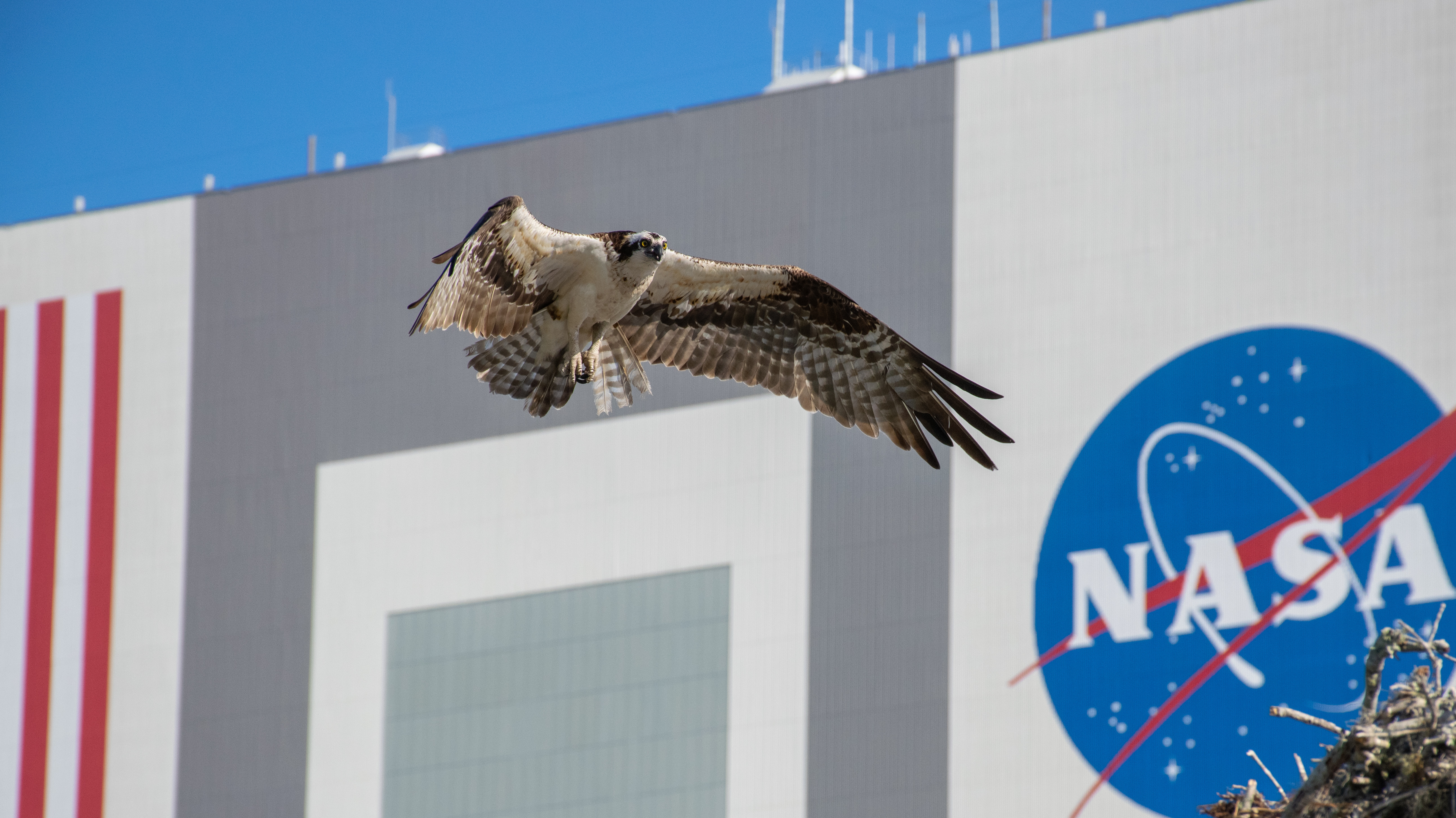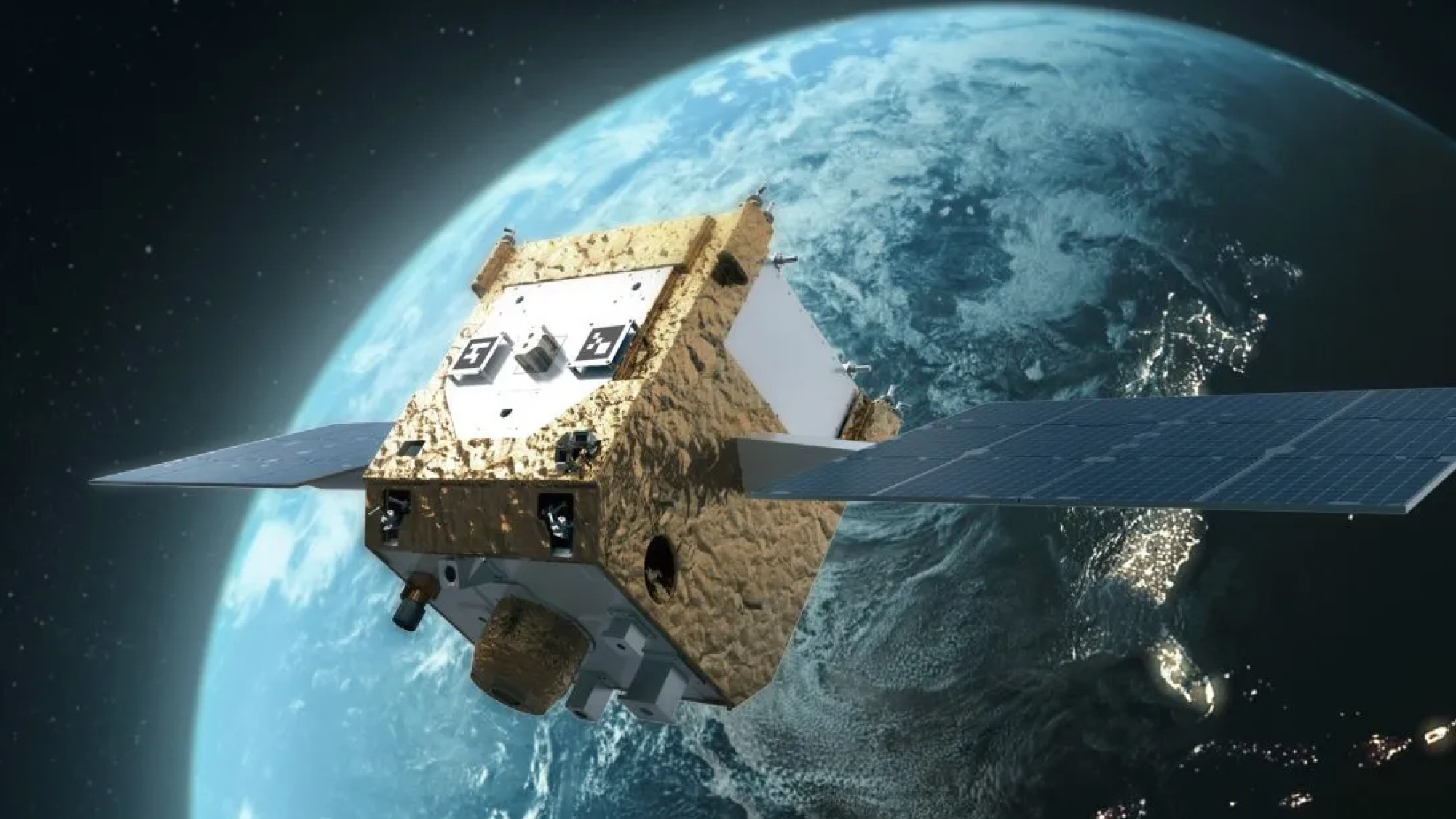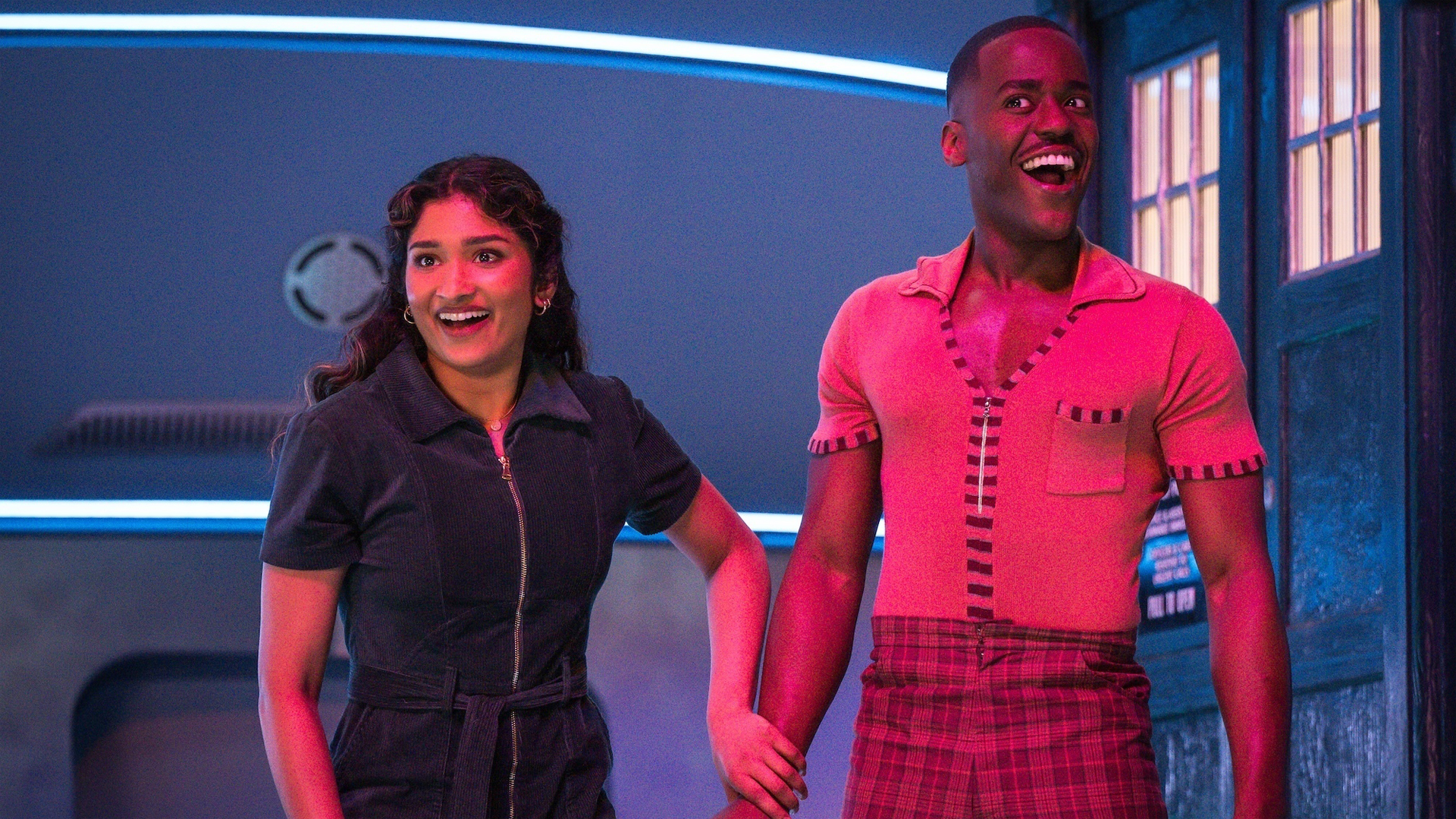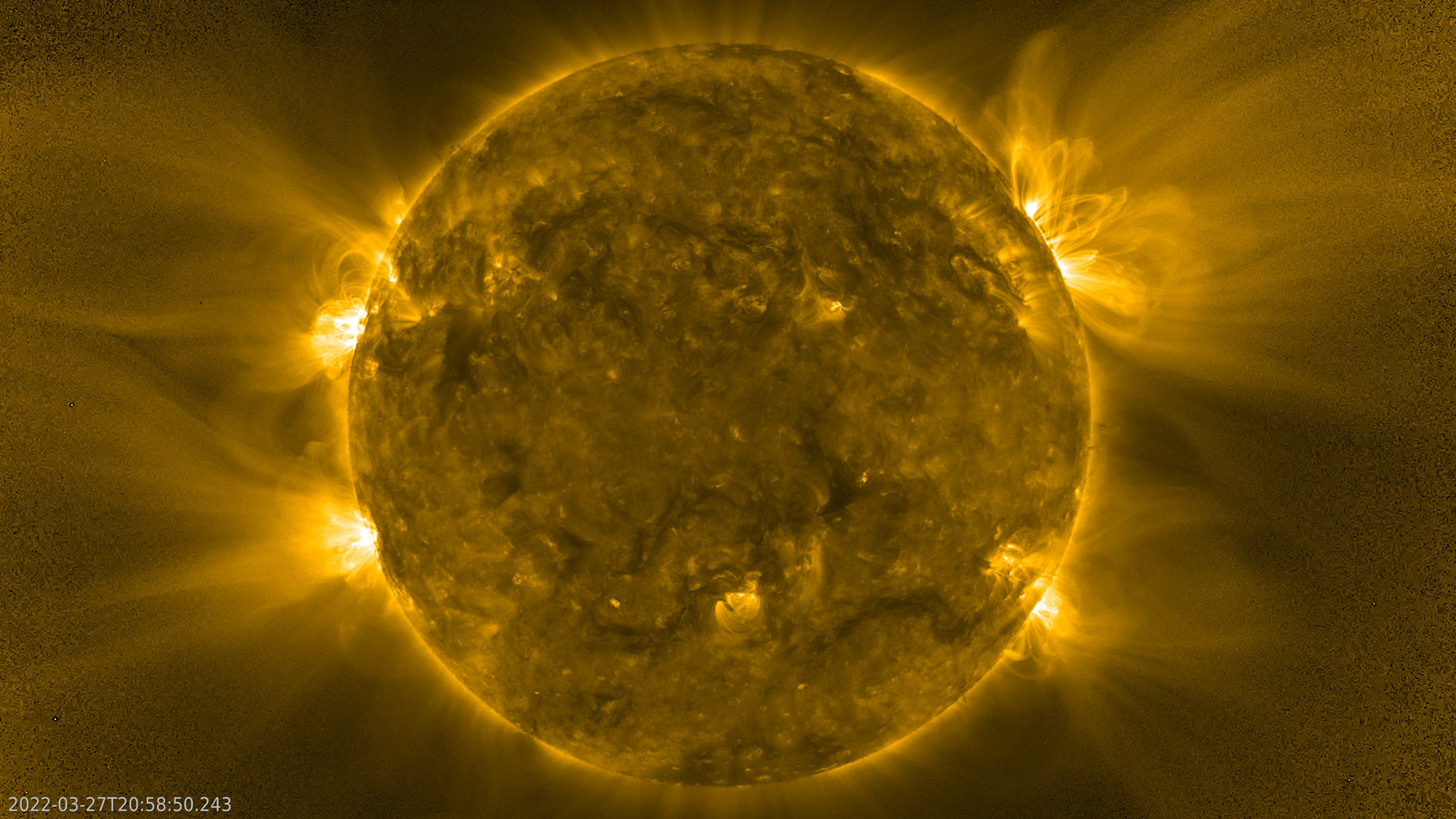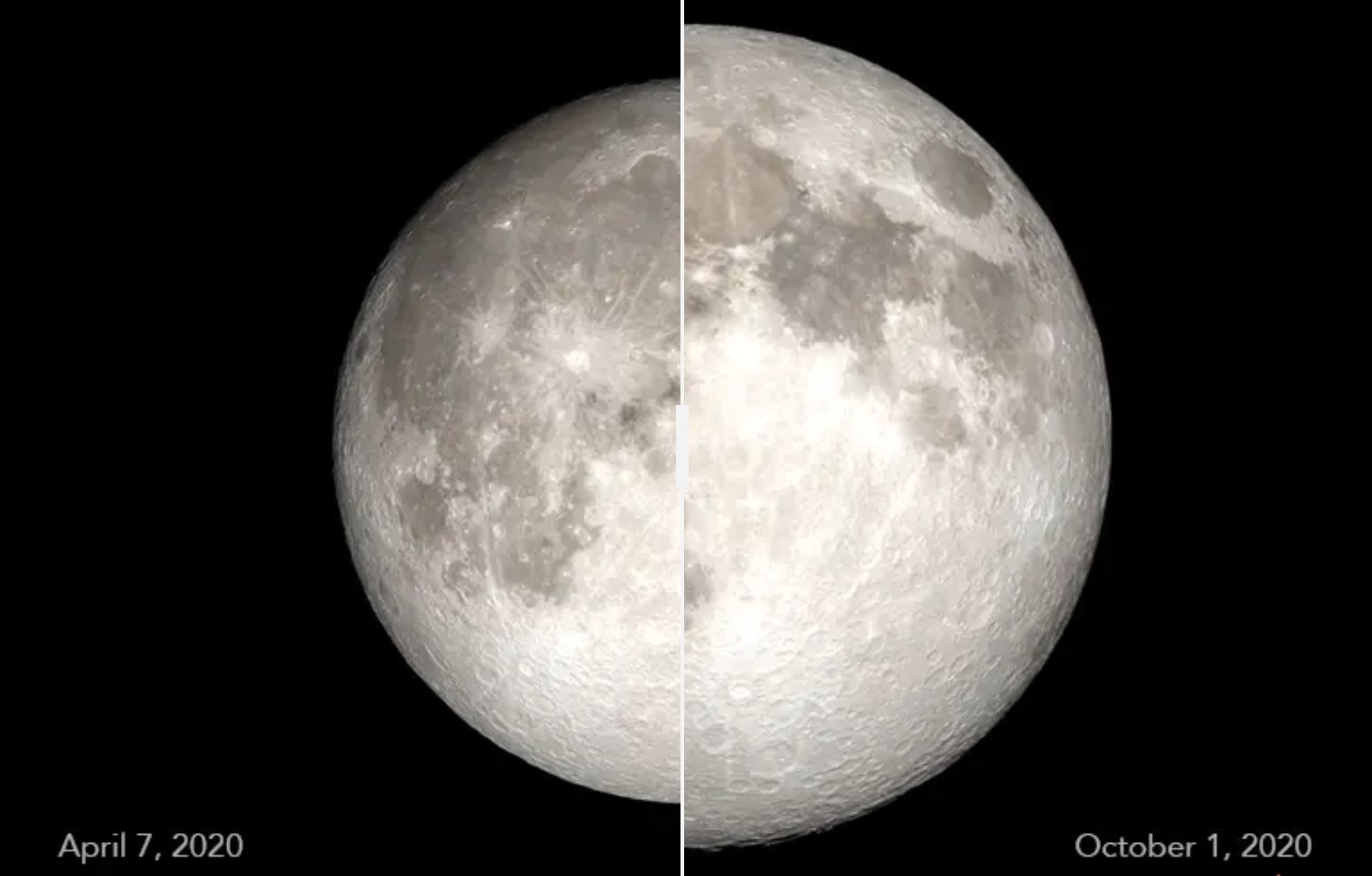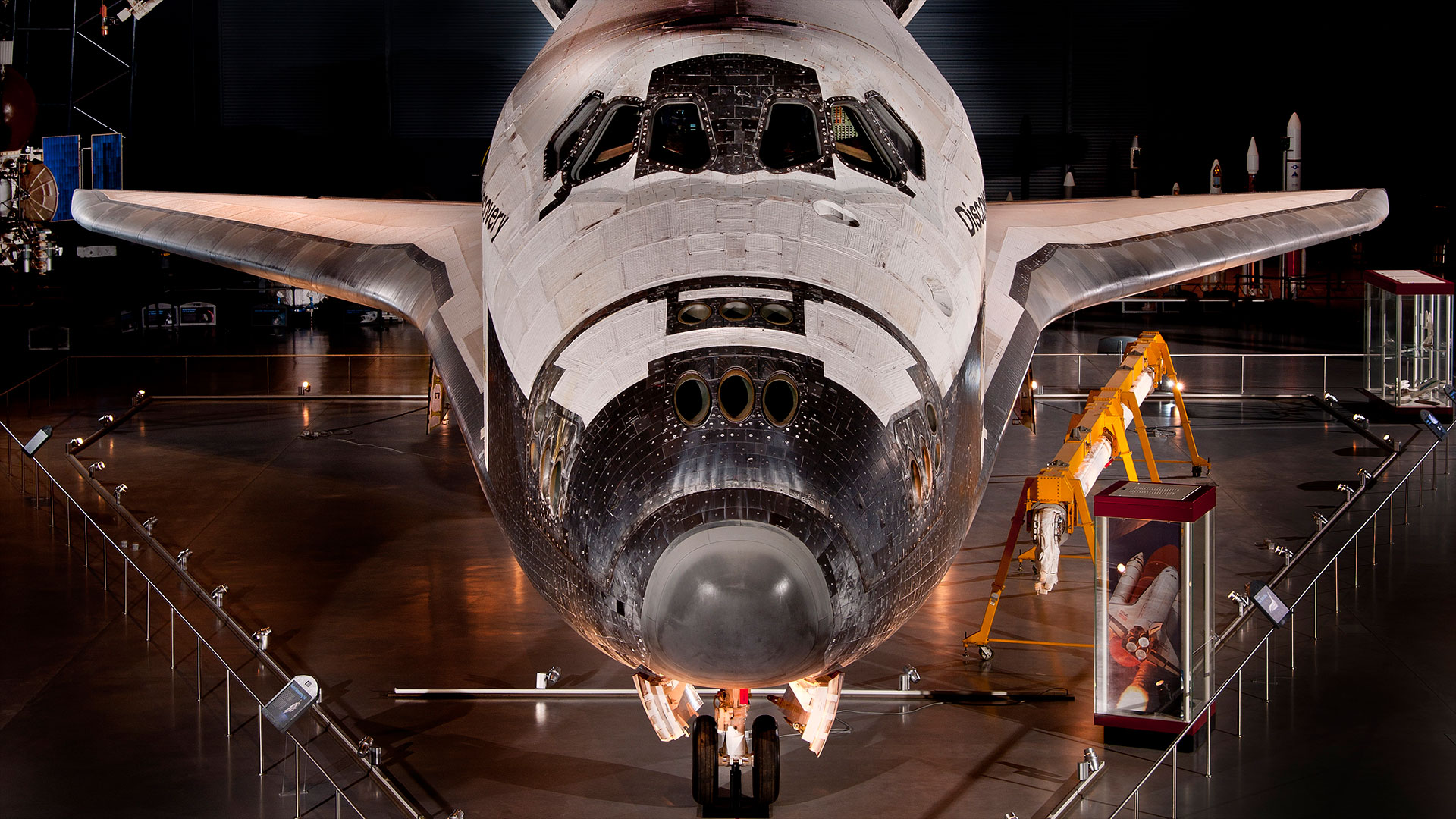Hurricane Florence Is a 'No-Kidding Nightmare' in These New Astronaut Photos
Update for Thursday, Sept. 13: Hurricane Florence was downgraded to a Category 2 storm late Wednesday, according to the National Hurricane Center, with is still forecasting massive rainfall and flooding for those directly in the storm's path. Visit our sister site Live Science for the latest Hurricane Florence forecast.
Hurricane Florence, on its way across the Atlantic Ocean toward North Carolina, dominates photos and video from the International Space Station, where astronauts are using wide-angle lenses because of how far the storm extends.
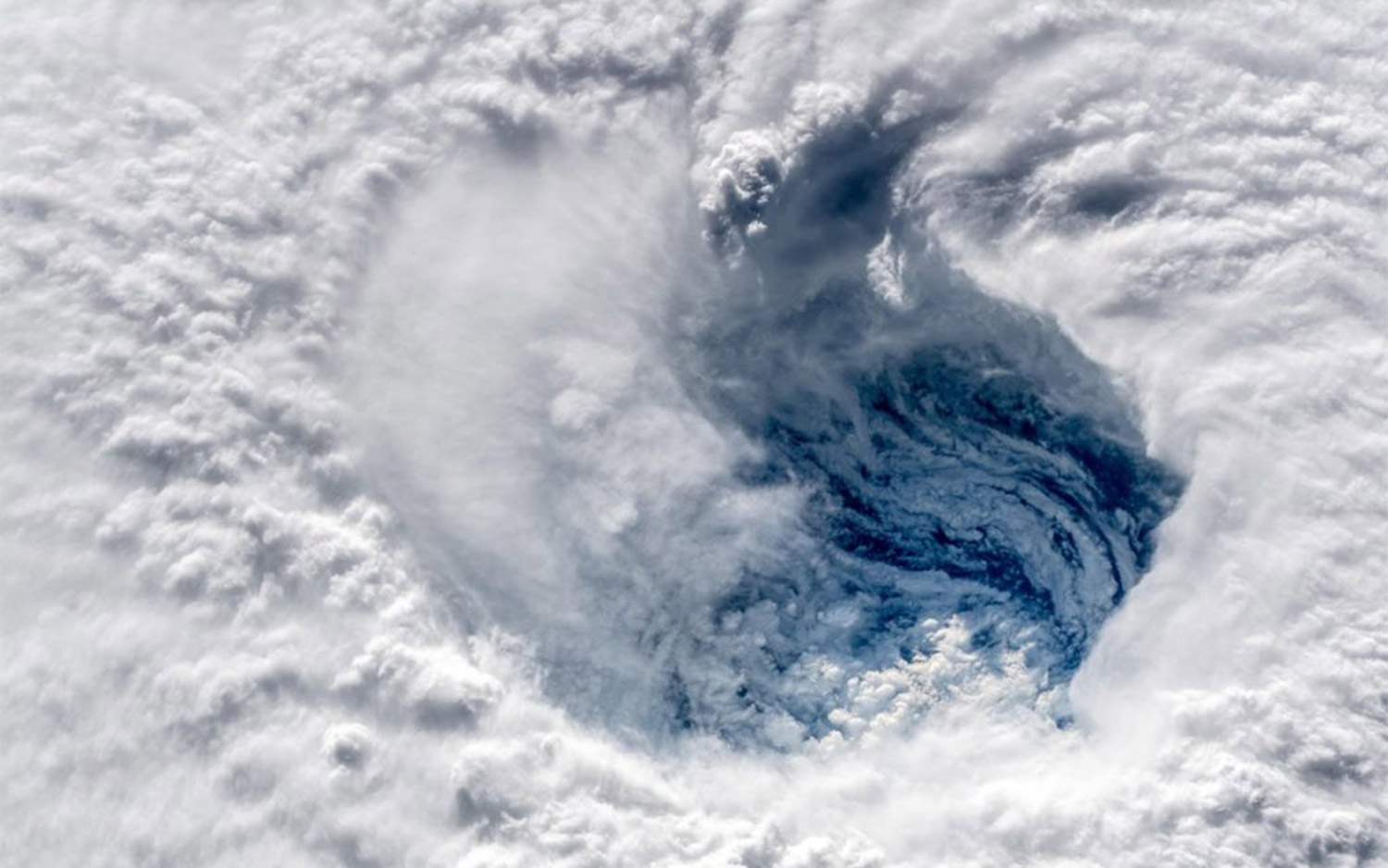
"Watch out, America!" German astronaut Alexander Gerst wrote on Twitter this morning (Sept. 12). "#HurricaneFlorence is so enormous, we could only capture her with a super wide-angle lens from the @Space_Station, 400 km [250 miles] directly above the eye."
"Get prepared on the East Coast, this is a no-kidding nightmare coming for you," he added. [Hurricane Florence in Photos: See the Massive Storm from Space]
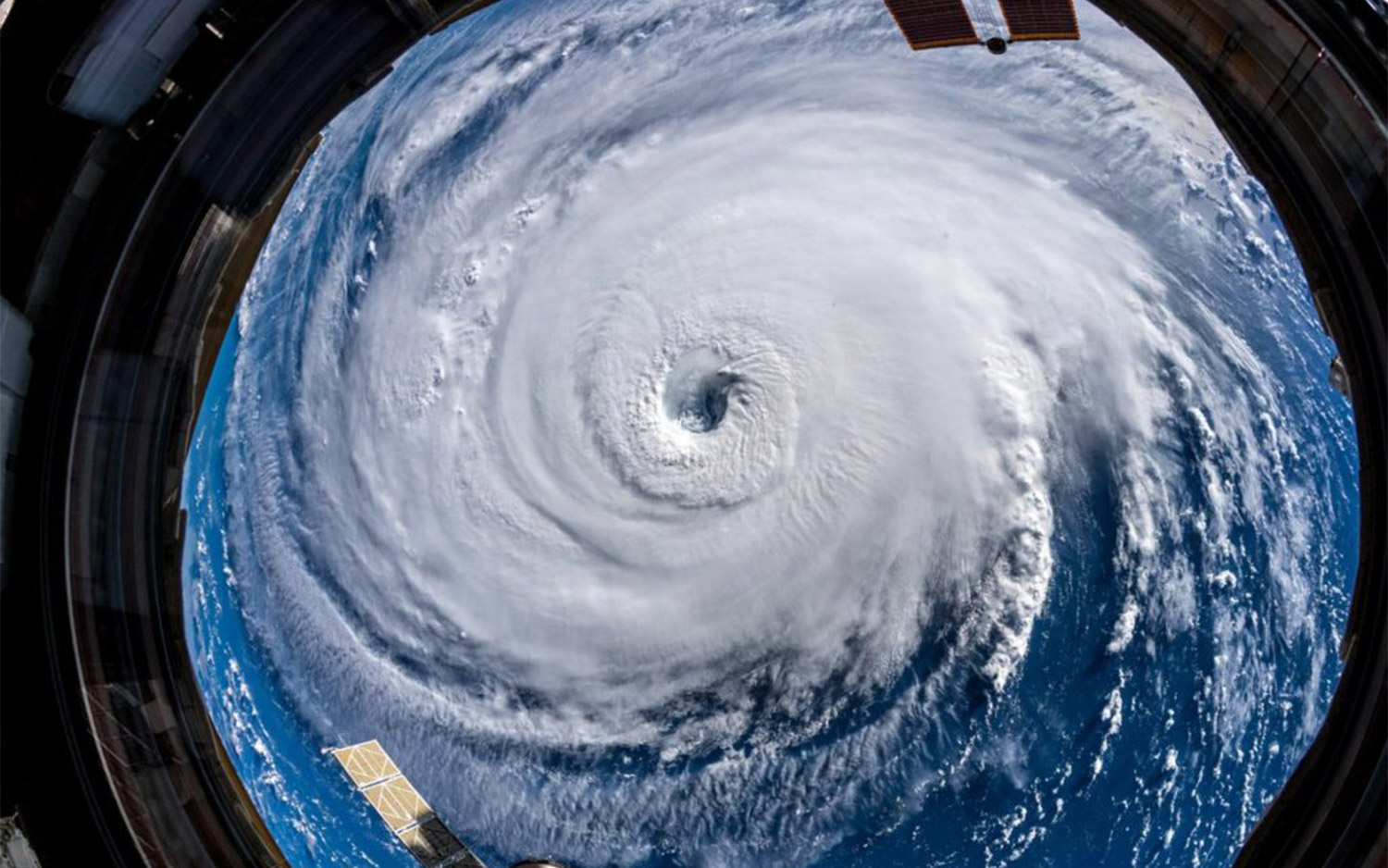
Gerst and American astronaut Ricky Arnold captured the Category 4 storm and its swirling eye up close in images posted to Twitter this morning, emphasizing its epic scale and their thoughts for people in its path.
"#HurricaneFlorence this morning with Cape Hatteras #NorthCarolina in the foreground," Arnold wrote this morning. "The crew of @Space_Station is thinking of those who will be affected."

Florence is set to reach the coastline of North and South Carolina early Friday (Sept. 14), according to NASA and the National Hurricane Center (NHC), a division of the National Oceanic and Atmospheric Administration. Winds this morning reached 130 mph (200 km/h) and will likely strengthen before it arrives, officials said. For the Carolinas, the NHC predicts a "life-threatening storm surge and rainfall."
Get the Space.com Newsletter
Breaking space news, the latest updates on rocket launches, skywatching events and more!
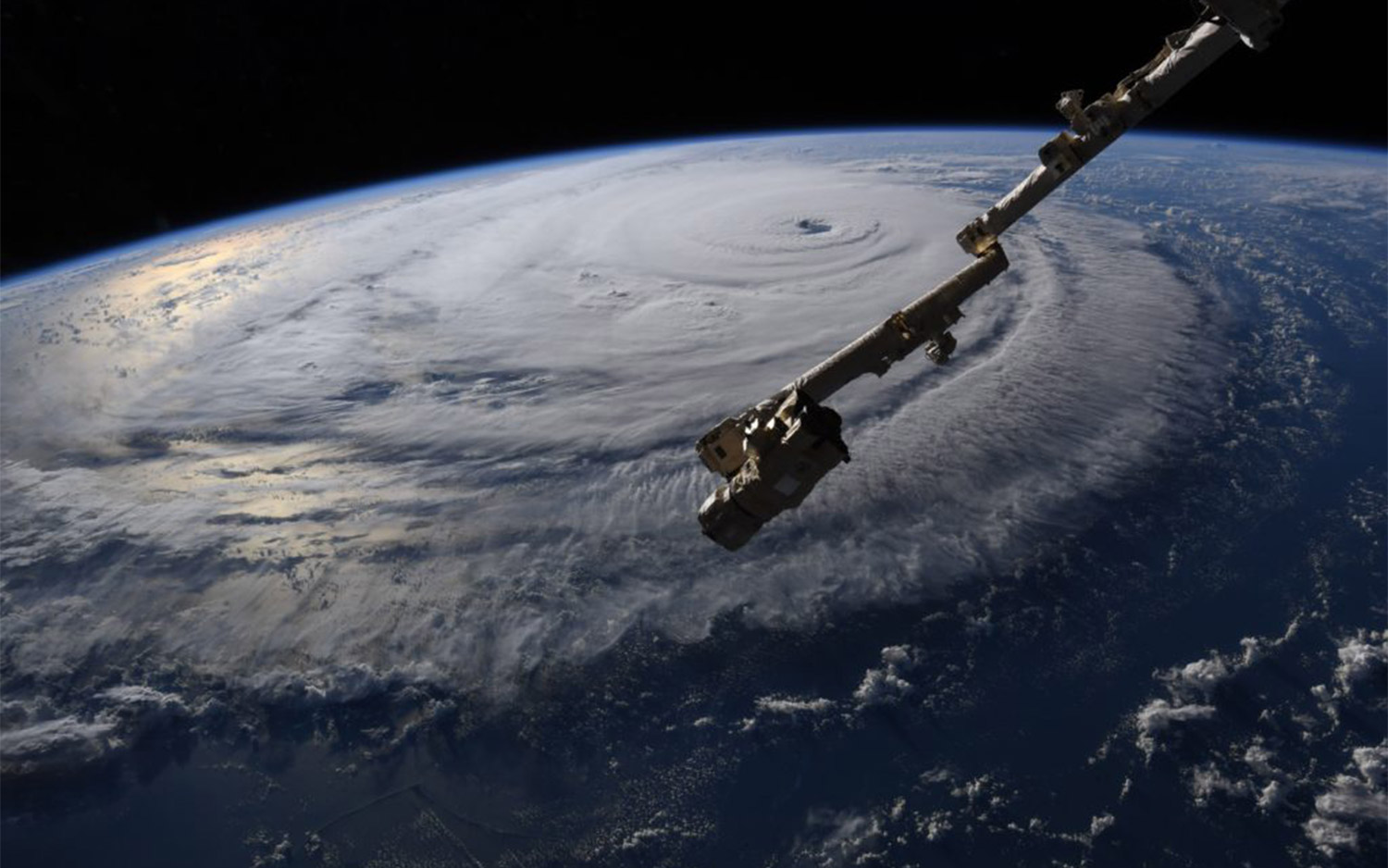
Quick on Florence's heels, two more powerful storms are crossing the Atlantic, tracked by NASA satellites: Tropical Storm Isaac and Hurricane Helene. Helene will likely wear itself out before hitting land, the NHC said in its latest forecast, and Isaac, which has been downgraded from a hurricane, is on its way to the Caribbean, officials said.
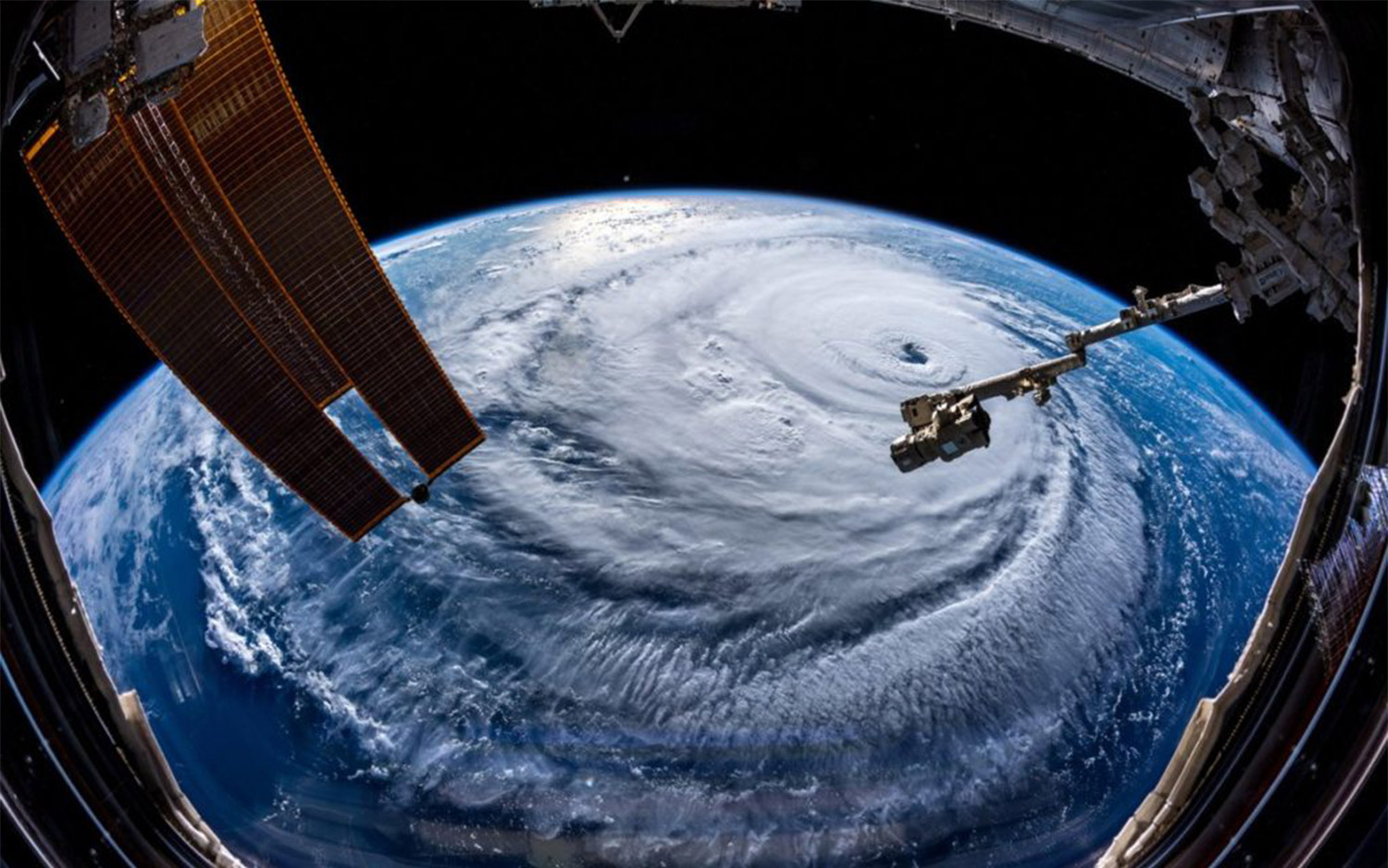
But Florence is at the front of the line, and is certainly at the forefront of astronaut thoughts and those in the U.S. Southeast
"Ever stared down the gaping eye of a category 4 hurricane?" Gerst wrote. "It's chilling, even from space."
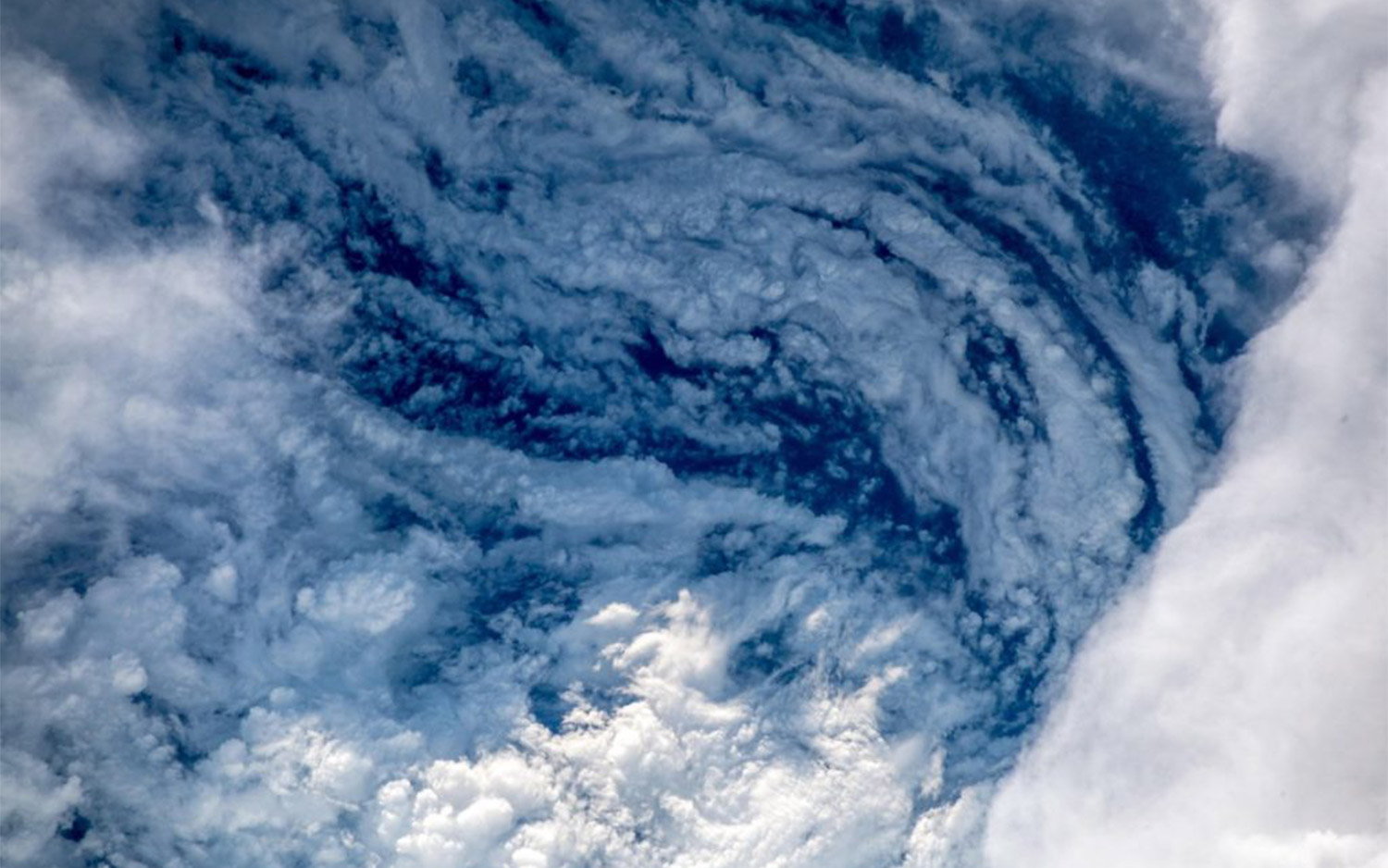
Email Sarah Lewin at slewin@space.com or follow her @SarahExplains. Follow us @Spacedotcom, Facebook and Google+. Original article on Space.com.
Join our Space Forums to keep talking space on the latest missions, night sky and more! And if you have a news tip, correction or comment, let us know at: community@space.com.

Sarah Lewin started writing for Space.com in June of 2015 as a Staff Writer and became Associate Editor in 2019 . Her work has been featured by Scientific American, IEEE Spectrum, Quanta Magazine, Wired, The Scientist, Science Friday and WGBH's Inside NOVA. Sarah has an MA from NYU's Science, Health and Environmental Reporting Program and an AB in mathematics from Brown University. When not writing, reading or thinking about space, Sarah enjoys musical theatre and mathematical papercraft. She is currently Assistant News Editor at Scientific American. You can follow her on Twitter @SarahExplains.
